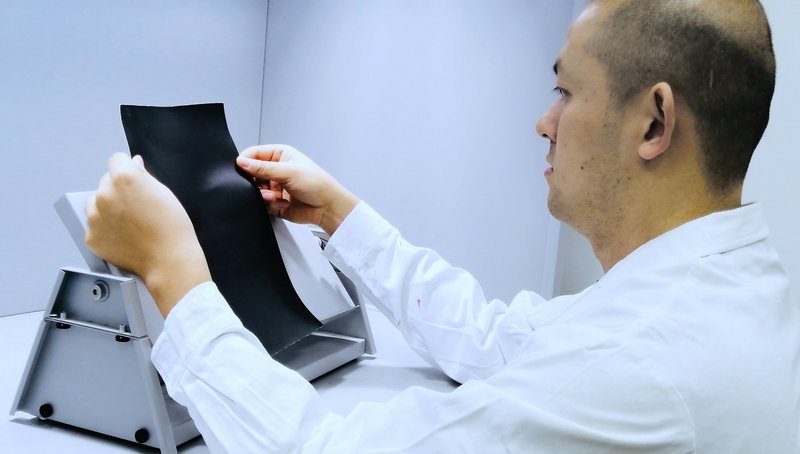Continental Receives Two Innovation Awards in China
- Technology Innovation Award: Distinction for industry-leading low odor surface materials
- Automotive Innovation Leadership Award: Jury awarded Dr. Jenny Yu, Head of Research and Development, for outstanding leadership
Shanghai, December 4, 2019. Technology company Continental has received the 2019 China Automobile & Parts “Technology Innovation Award” for its low-odor PVC surface materials. Dr. Jenny Yu, Head of Research and Development (R&D) for Continental’s surface materials in China, won the Automotive Innovation Leadership Award, which recognized her years of dedication to research and development activities and outstanding leadership in the field of material development. Both awards were presented by Automobile & Parts, one of the leading industry magazines in China.
Industry leading low-odor surface materials: less odor for higher standards
According to data analysis conducted by J.D power, an industry research institute, in 2015-2018, one of the most common complaints in automotive aftermarket is strong car odor, which accounts for 16 cases out of every 100 complaints on average. In recent years, the odor problem has become a rising concern among Chinese OEMs. Interior trim materials are considered to be the main source of odor. As market demands for more parts that can potentially be smelly, Chinese OEMs have increased their odor standards for automotive parts.
In response to the individual odor perception in China, one of Continental’s German automotive manufacturing customers, has asked to raise the odor grade of interior PVC materials from
VDA 270 C3 ≤ 3.0 (easily identifiable odor) to ≤ 2.5 (slight odor, almost unrecognizable). In the odor test according to VDA 270, a test team evaluates the odor of a material. The scale ranges from grade 1 "imperceptible" to grade 6 "intolerable". The generally valid limit value is <3.0. Currently, almost all PVC products in the market fail to meet the ≤ 2.5 requirement. With extensive experience in odor reduction, the China technical team of Continental re-adjusted its formula to develop a material that reduces car odor, i.e. the low-odor PVC surface materials.
Odor specialist from the German automotive manufacturer confirms that this new material fulfills all requirements, and is among those with the highest standard in use by the German customer. As a result, Continental succeeded in winning an order for PVC materials for the next two years. The low-odor PVC surface also fulfills technical requirements of low-fogging and high wear-resistance, drawing attention and recognition from Chinese automobile manufacturers.
Technical Director of Research & Development won the Automotive Innovation Leadership Award
With a focus on technological innovation, Continental seeks to provide customers with smart solutions beyond rubber. “l am very happy about this award as it is also an expression of our successful expansion and strengthening of our R&D activities in China,” Yu states.
In May 2019, Continental established a research and development center in China in the Changshu plant in Jiangsu Province to further develop its material expertise according to local Chinese needs. As an expert with more than 30 years of international experience, Yu is responsible for managing the local center of material development respectively the local and global R&D resources, and promoting research and development of new materials as well as products in various business units in China. Recently, the technical team and the corporate sales team jointly developed a 5-year blueprint for automotive products and technologies in China, steering the development in the direction of environmental protection, energy conservation and intelligence, all of which are common trends in China’s automobile market. In the future, Continental will accelerate local development of its nearly 150 years of expertise in rubber and plastics technology, optimize formulas for Chinese customers, develop cost-efficient materials, and reduce response time to local customers.

Sébastien Bonset
Media & PR Manager, Media Coordination APAC
ContiTech


